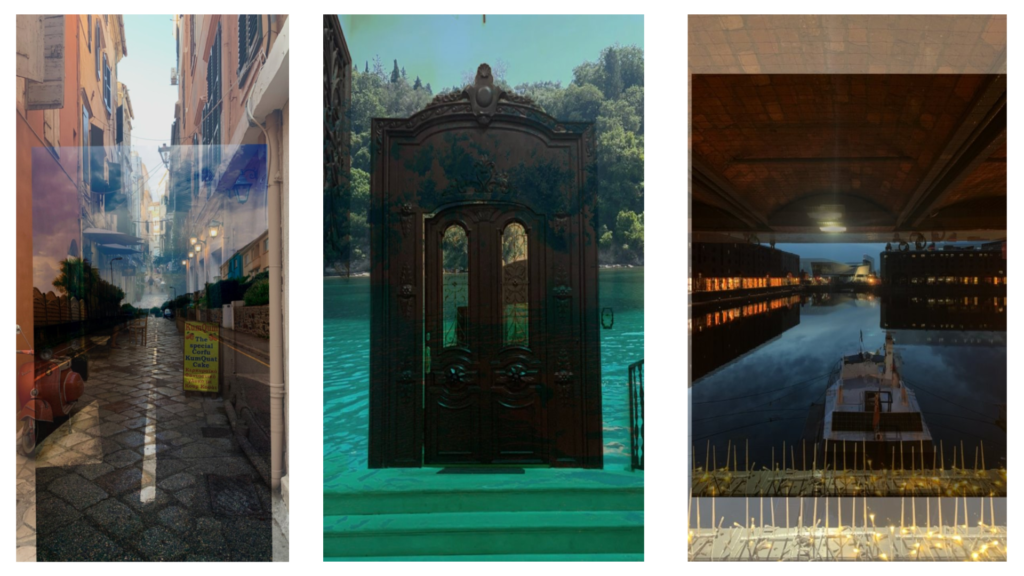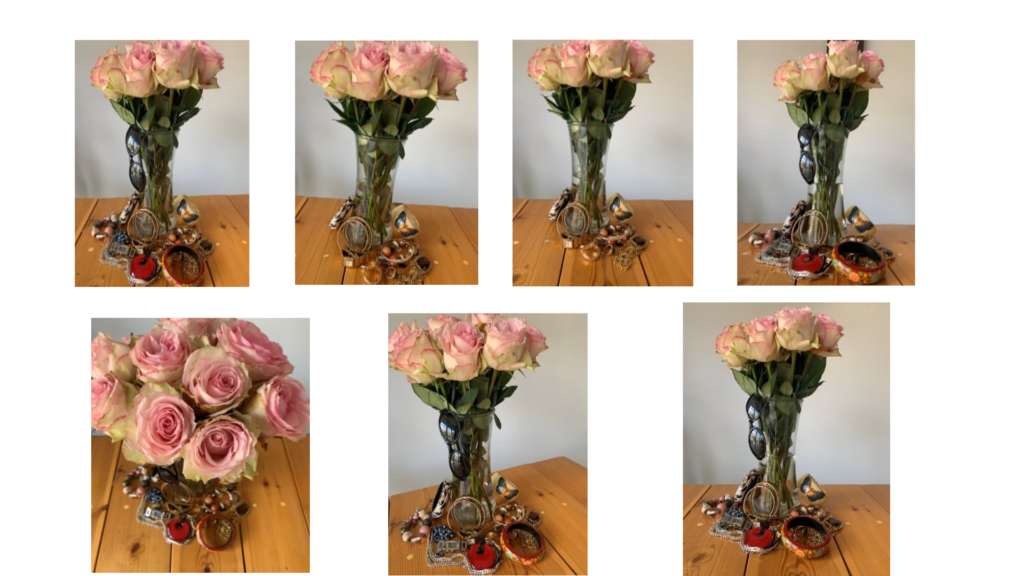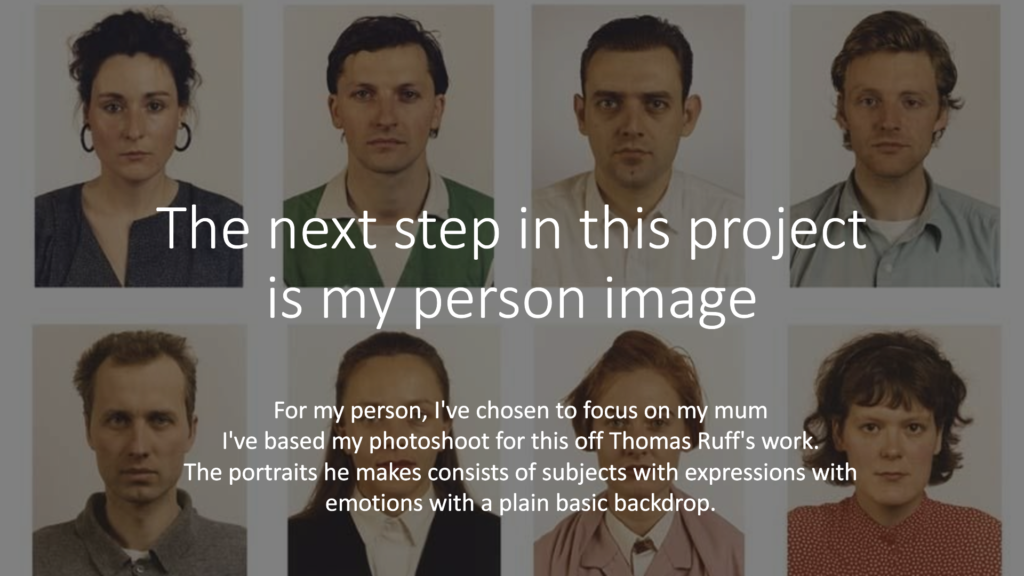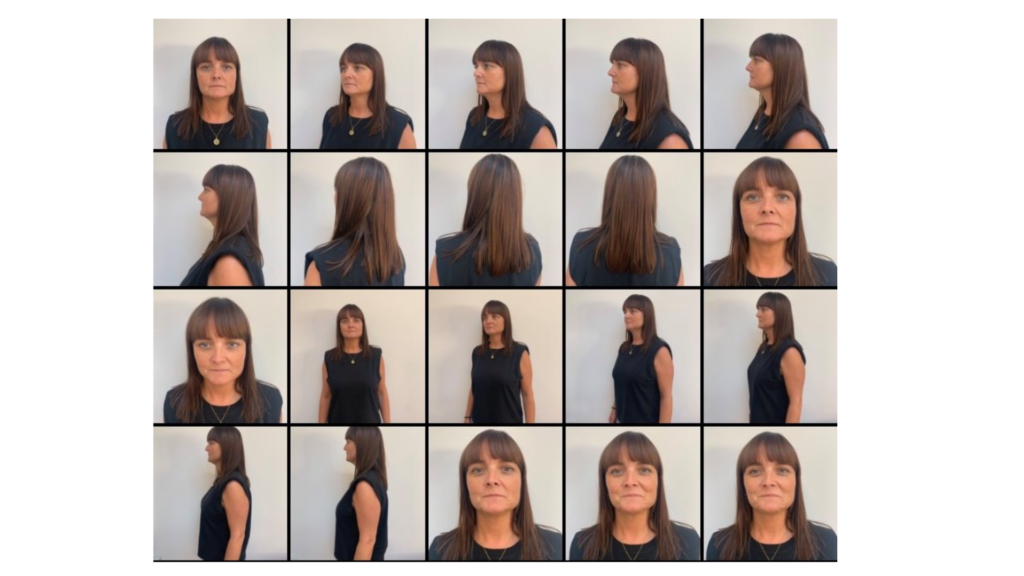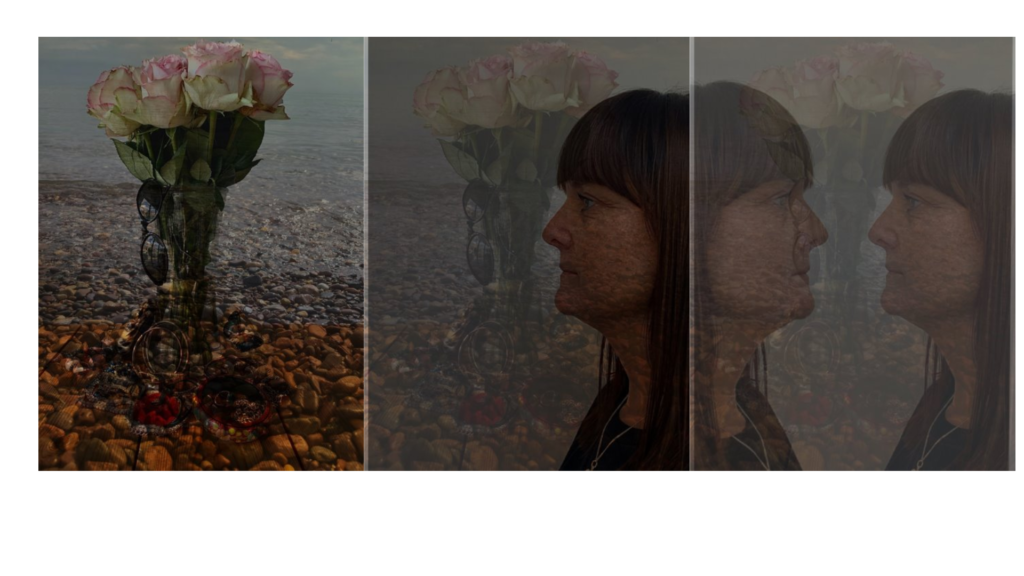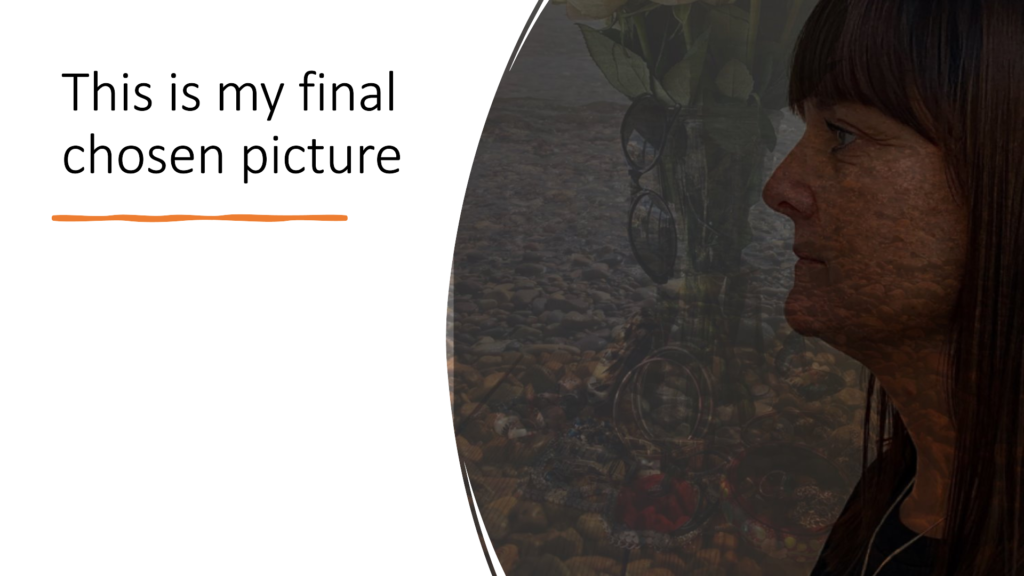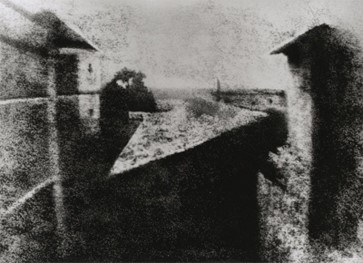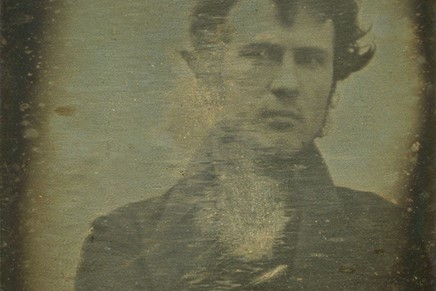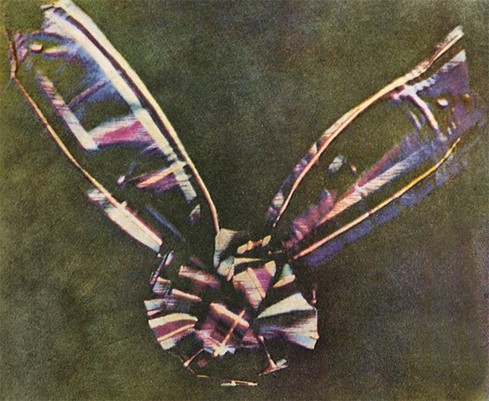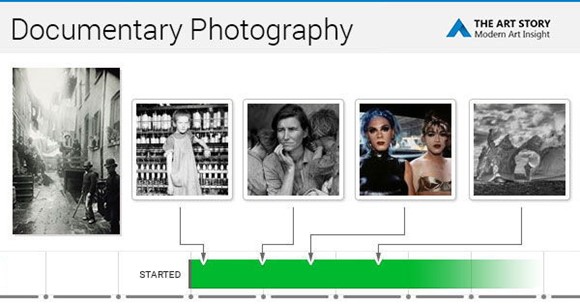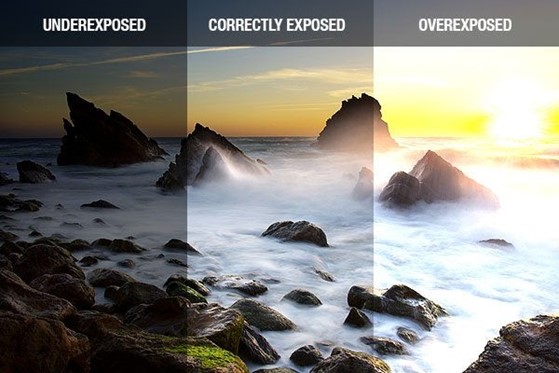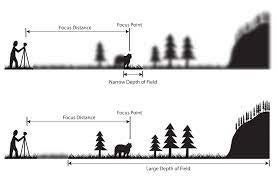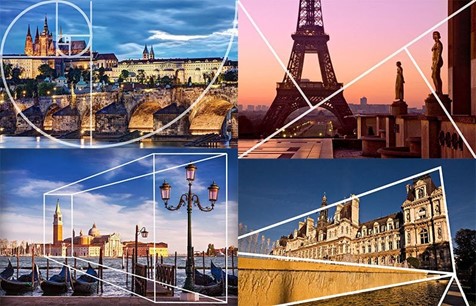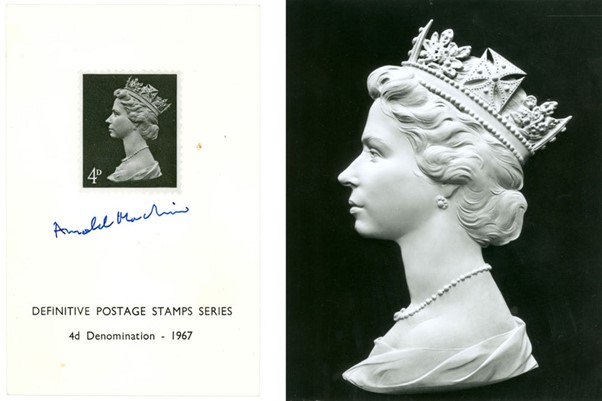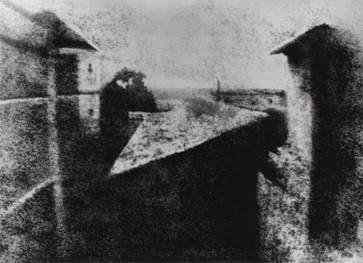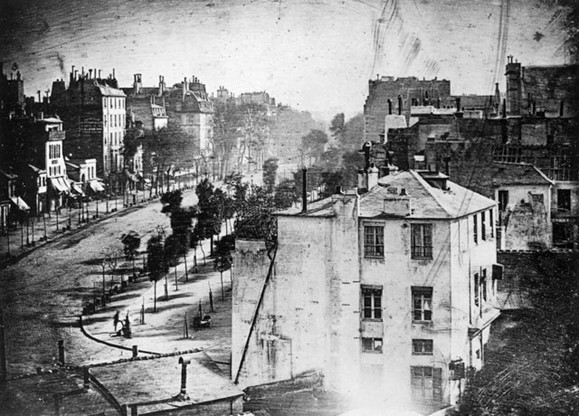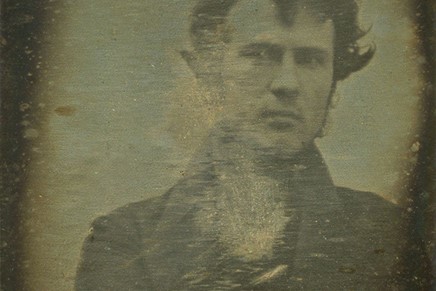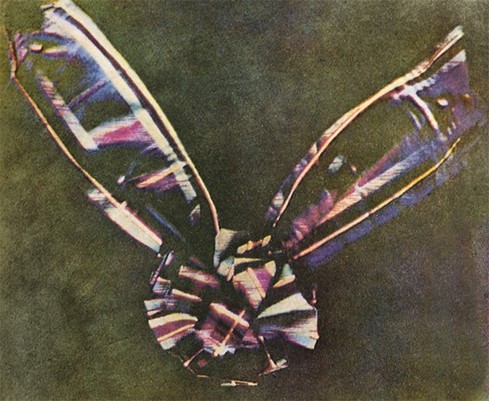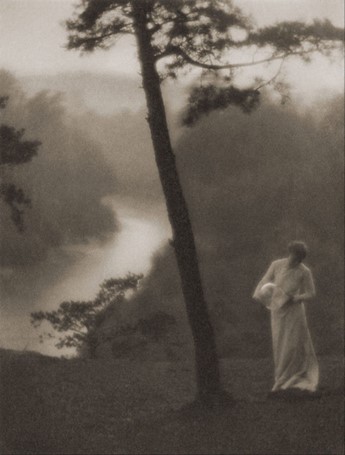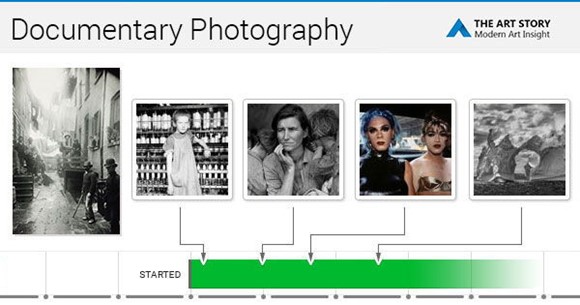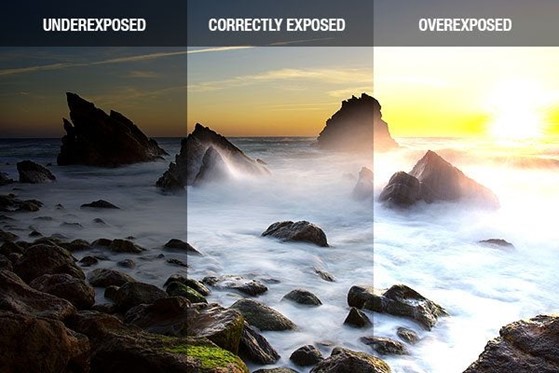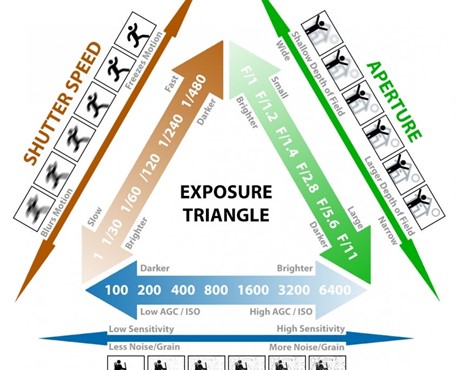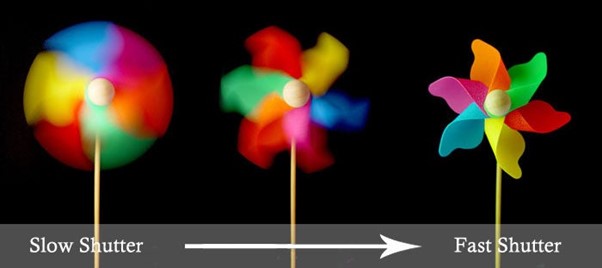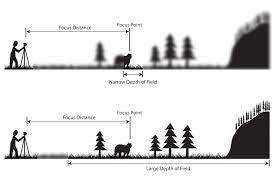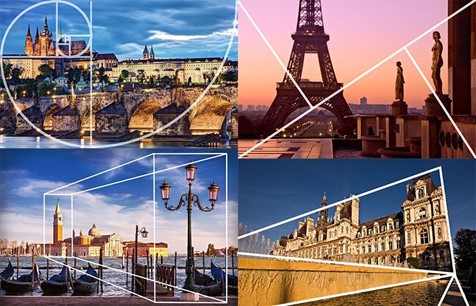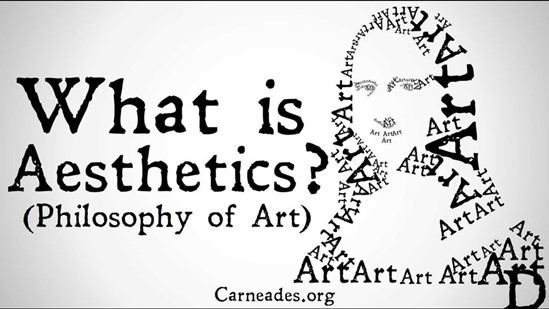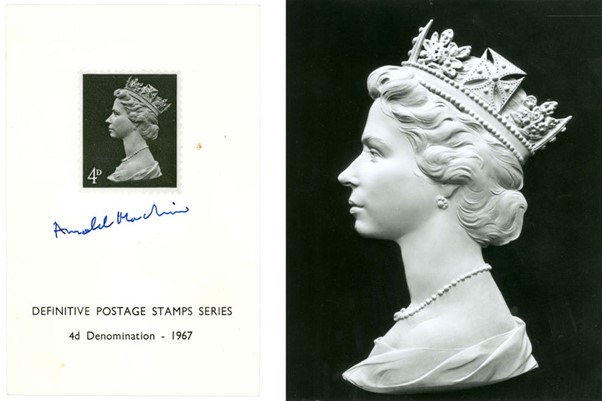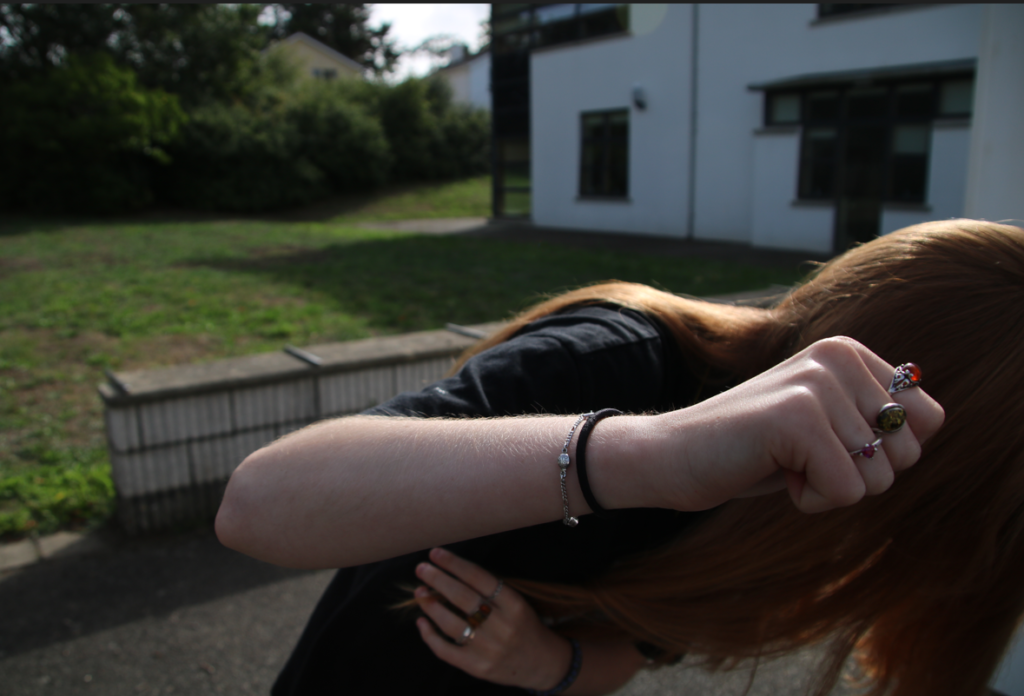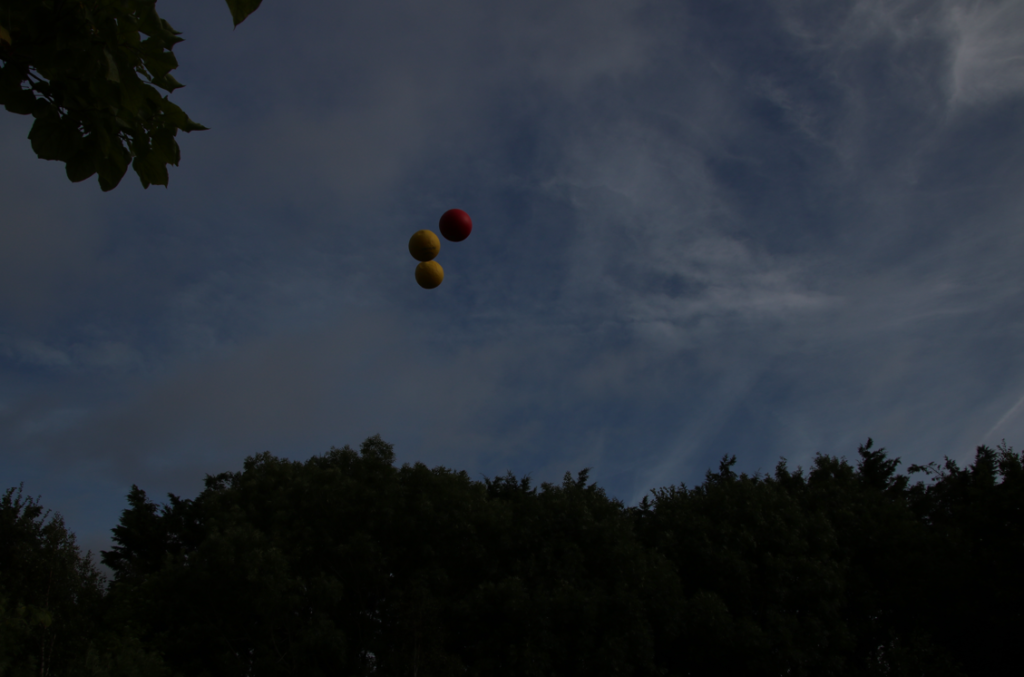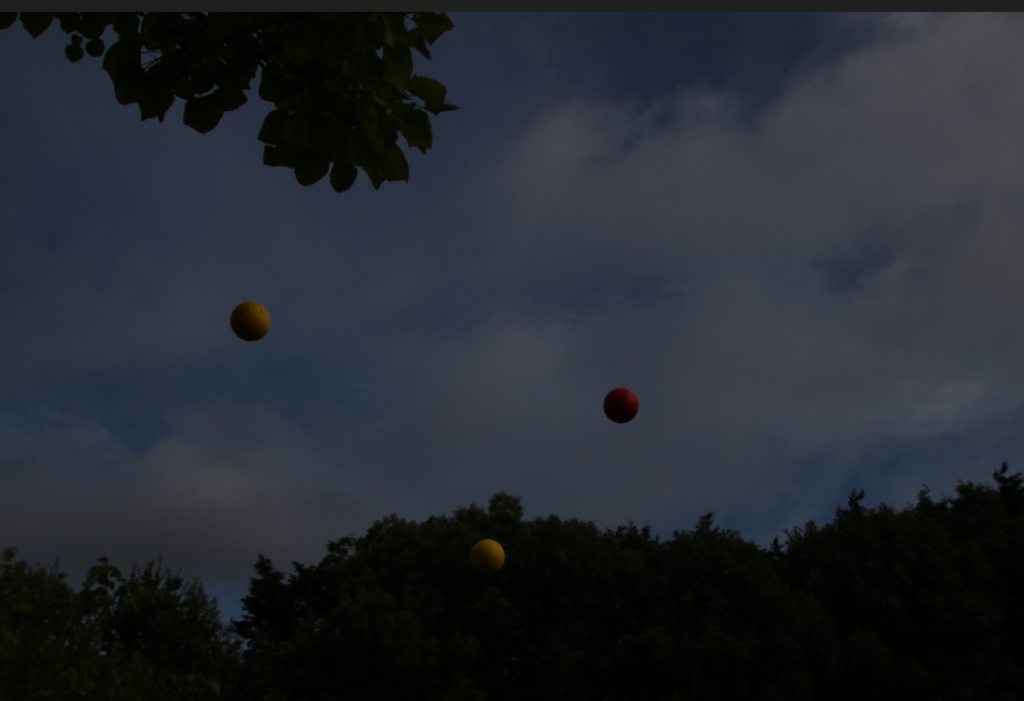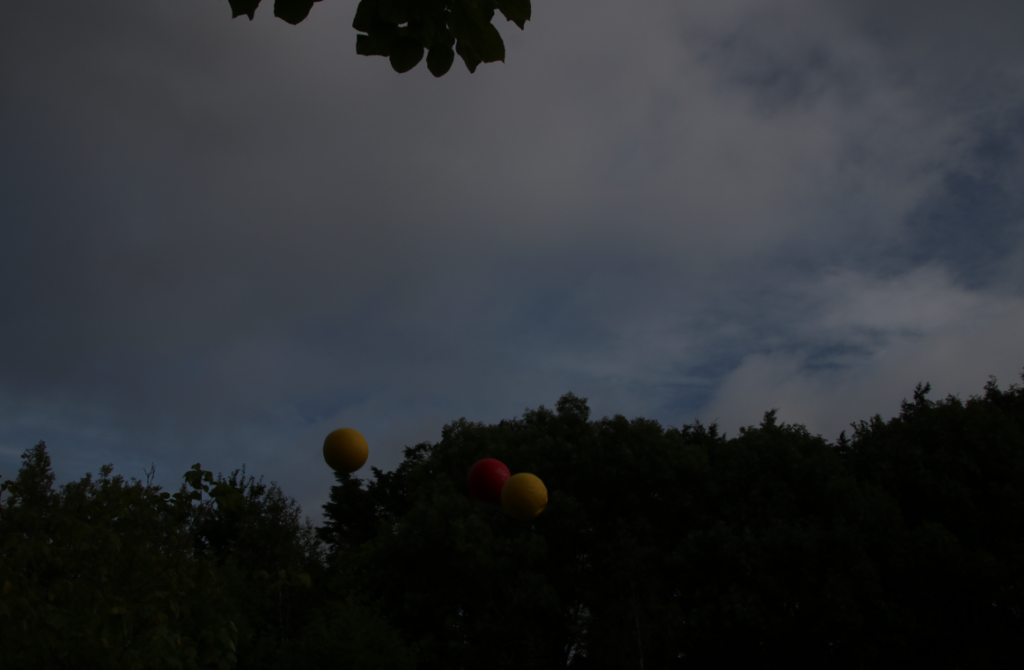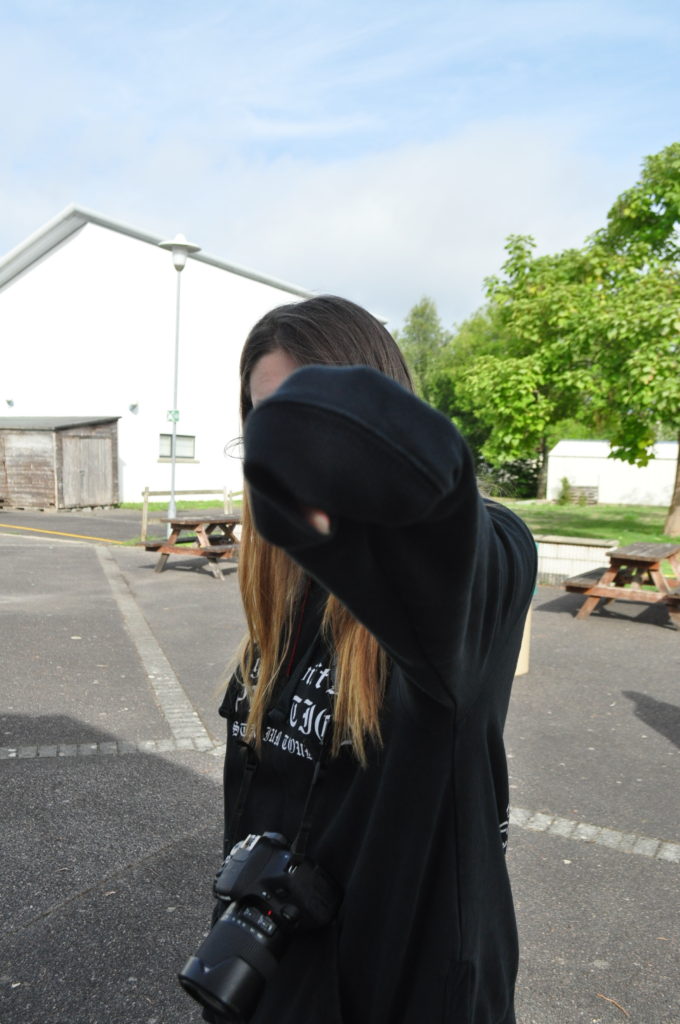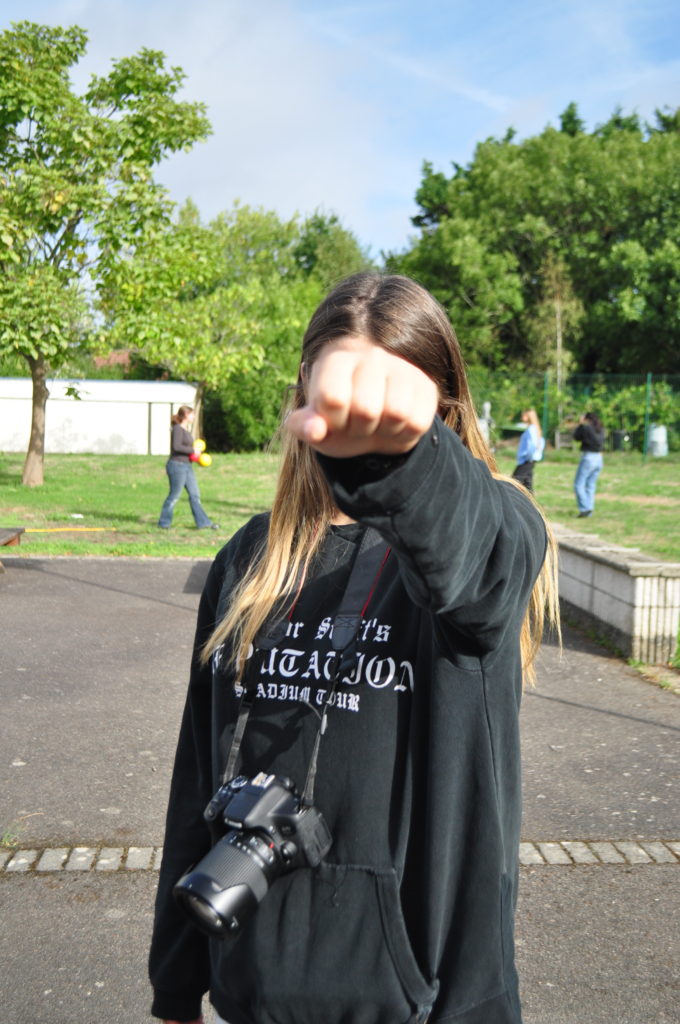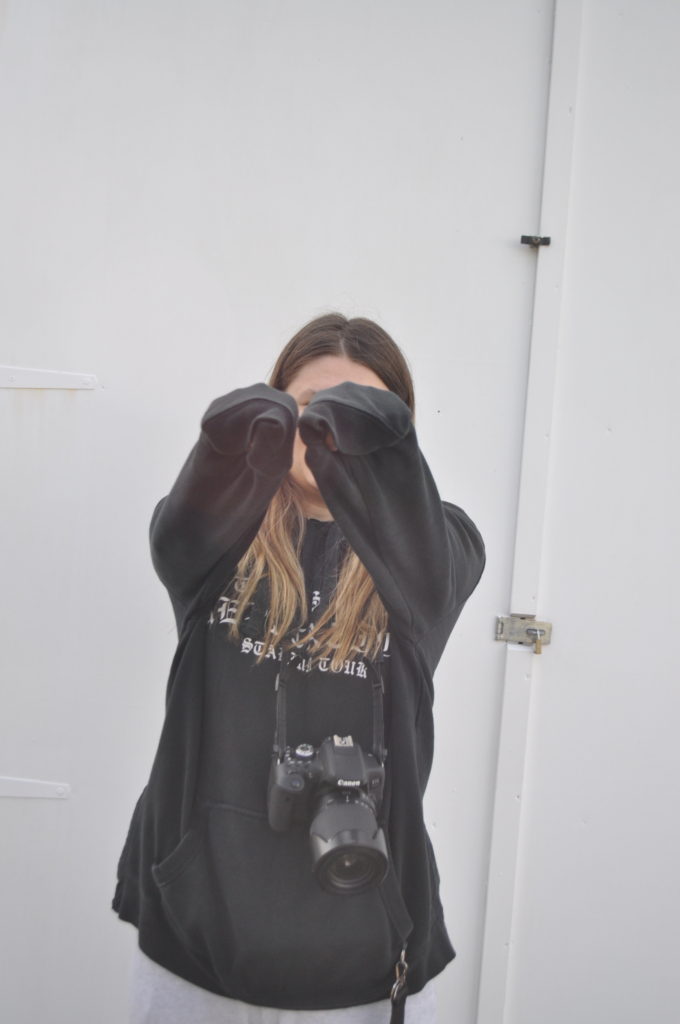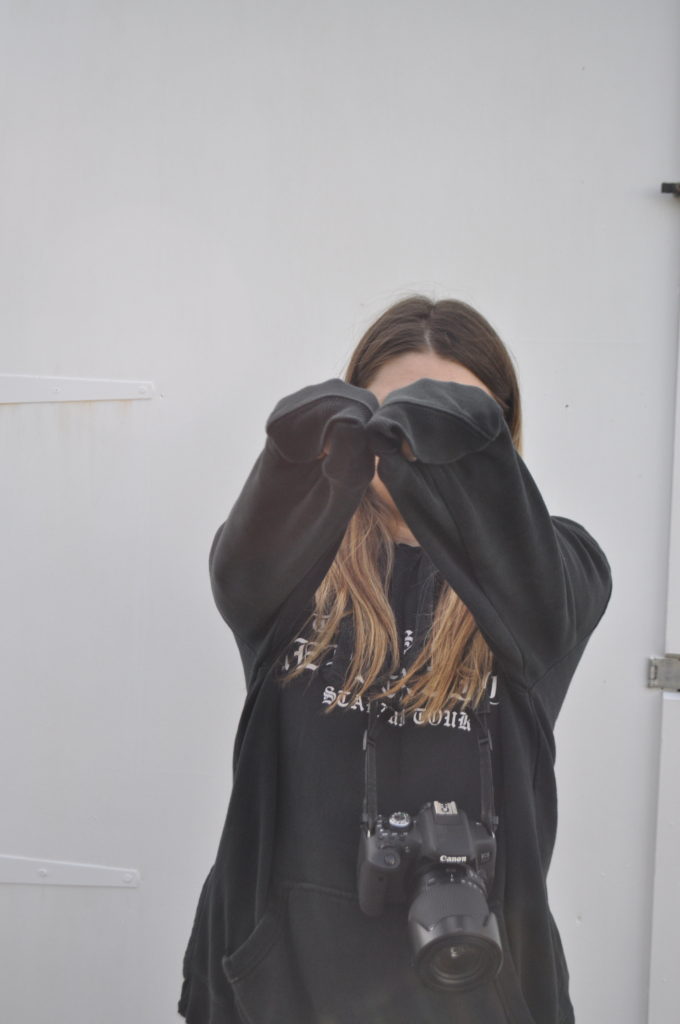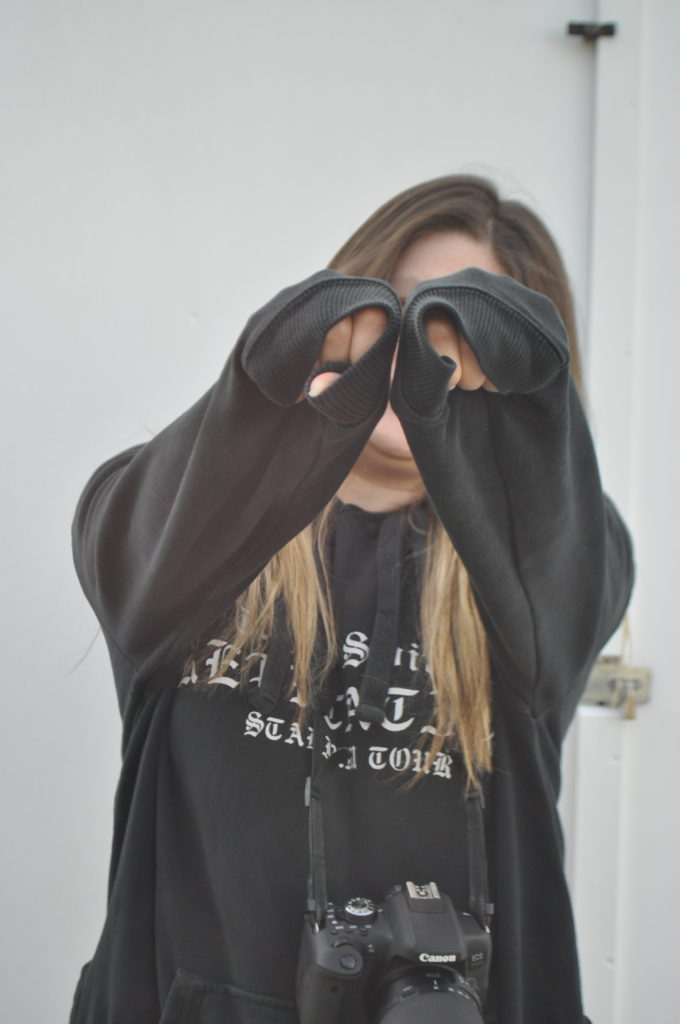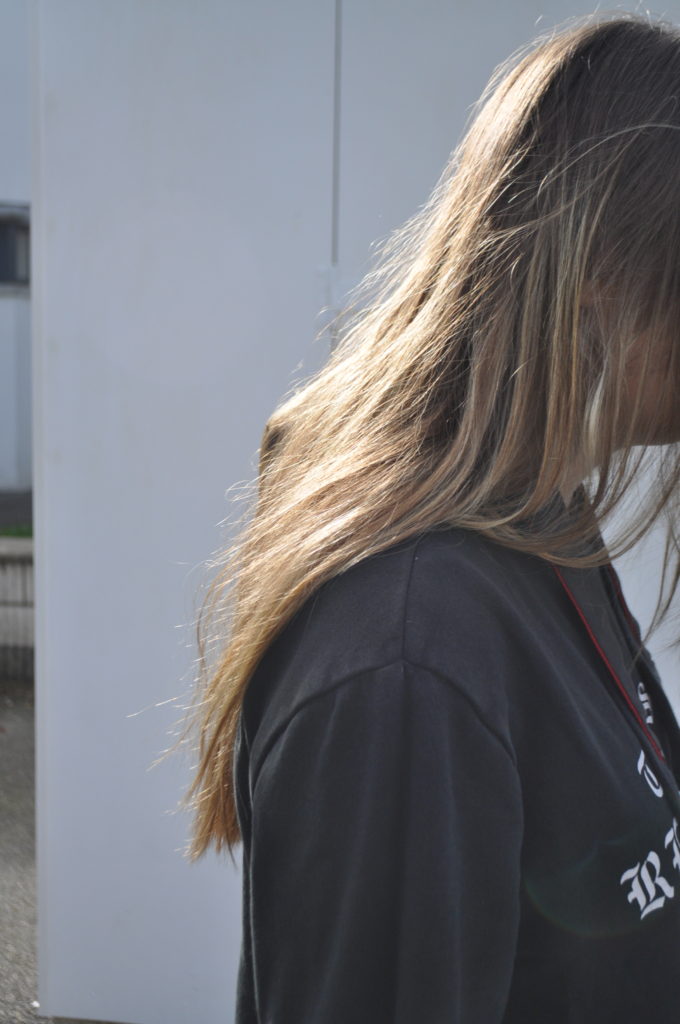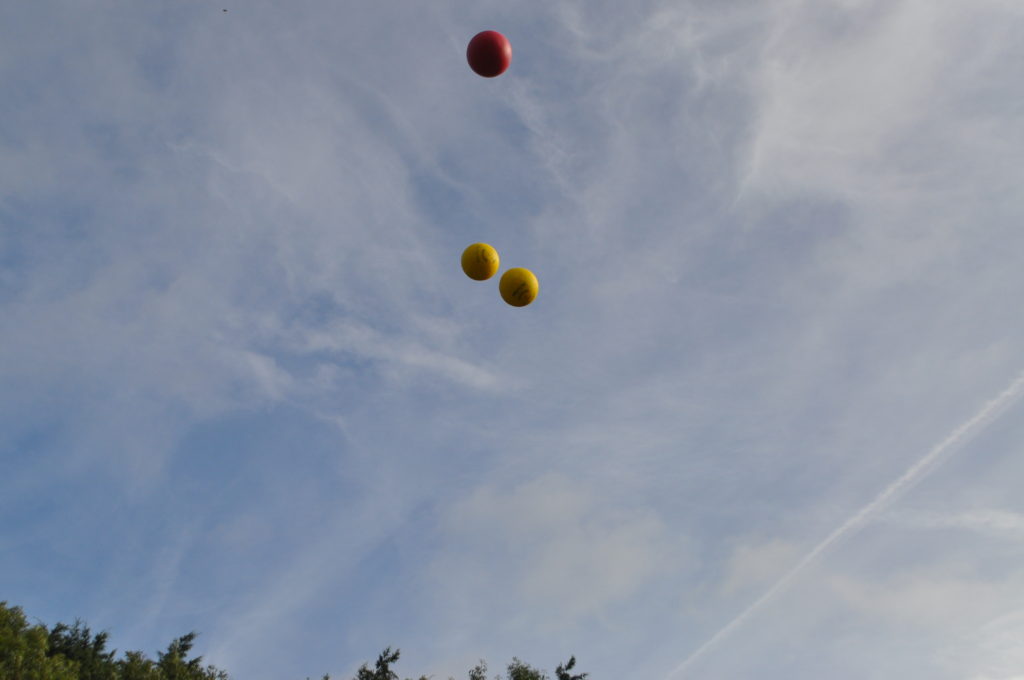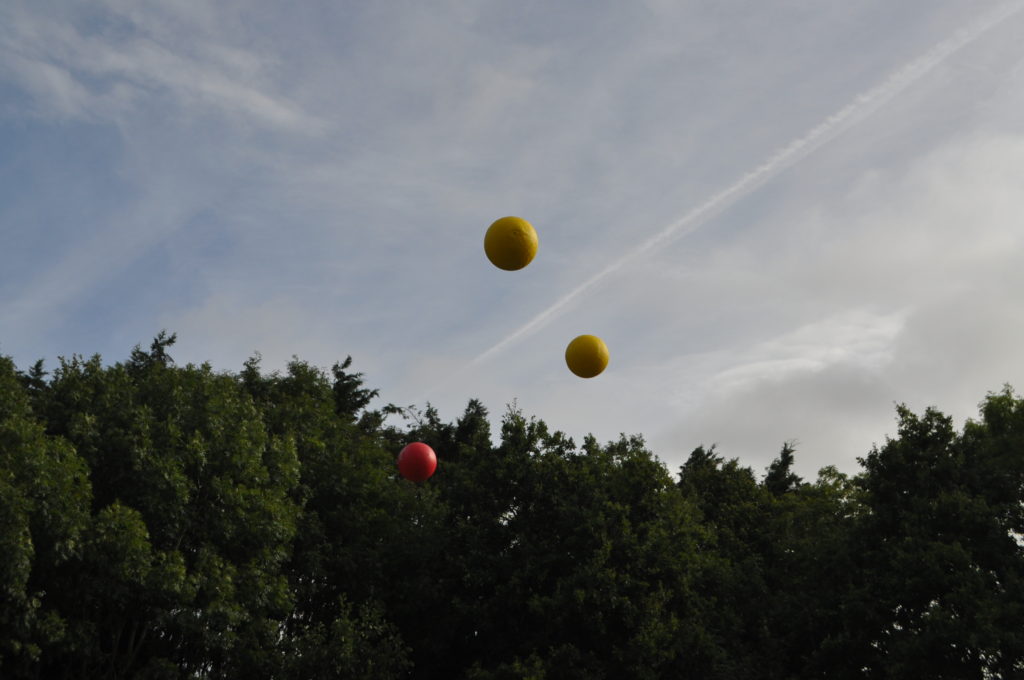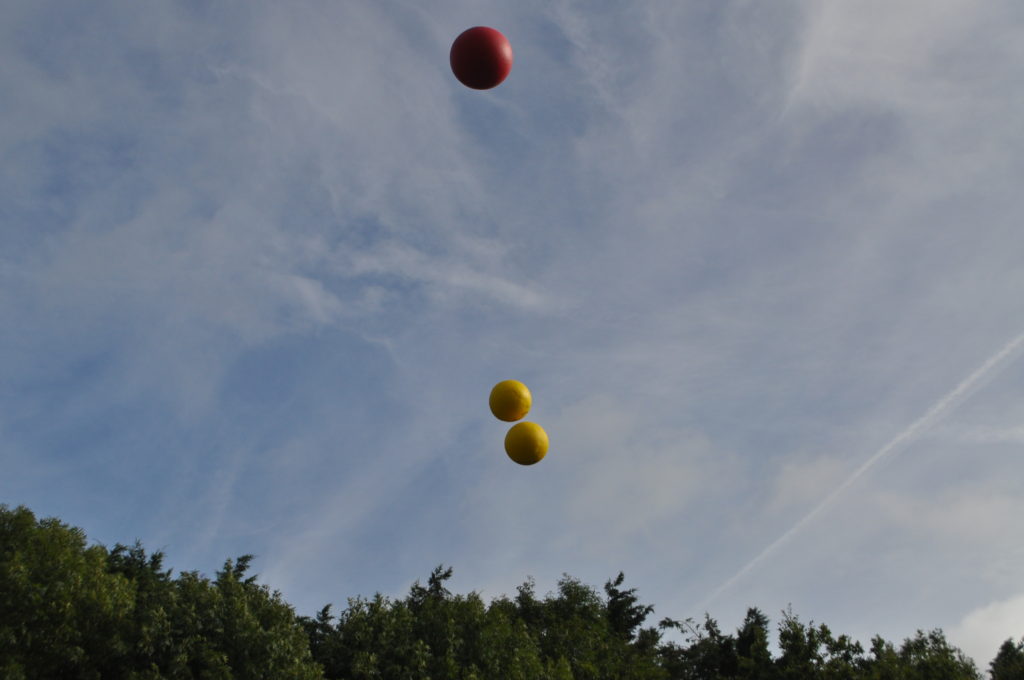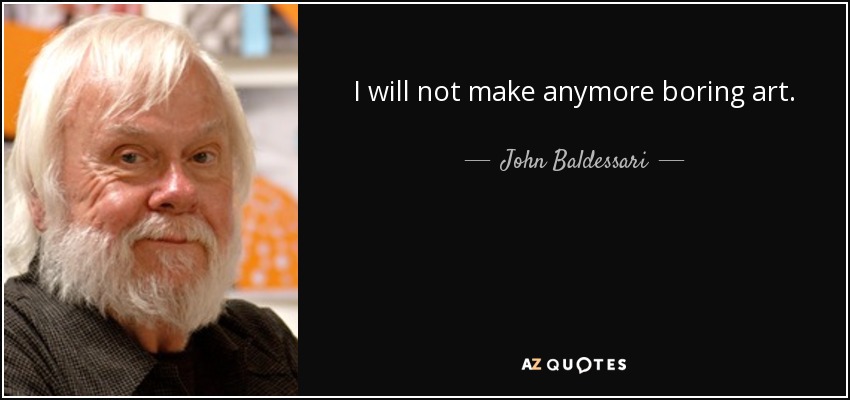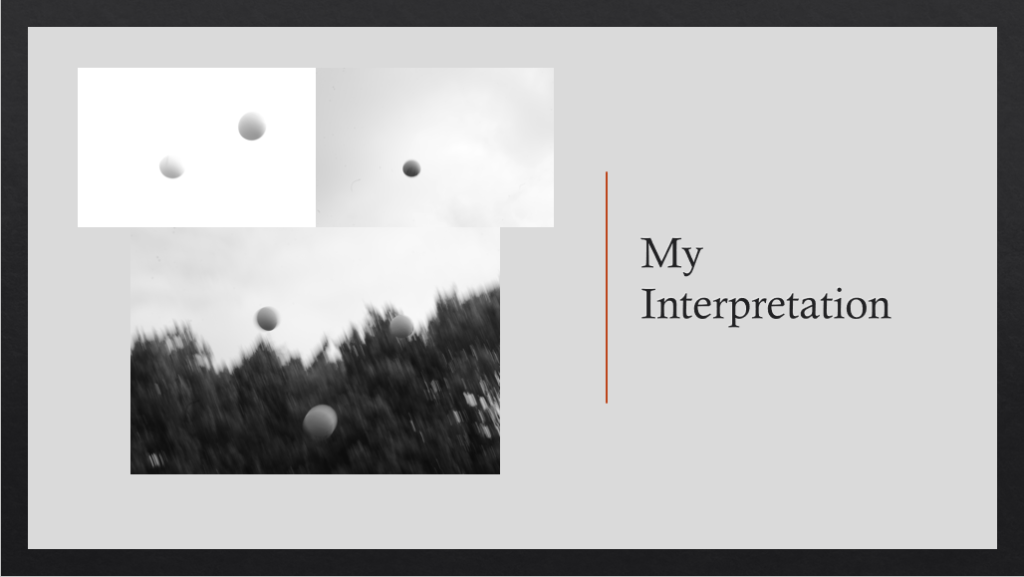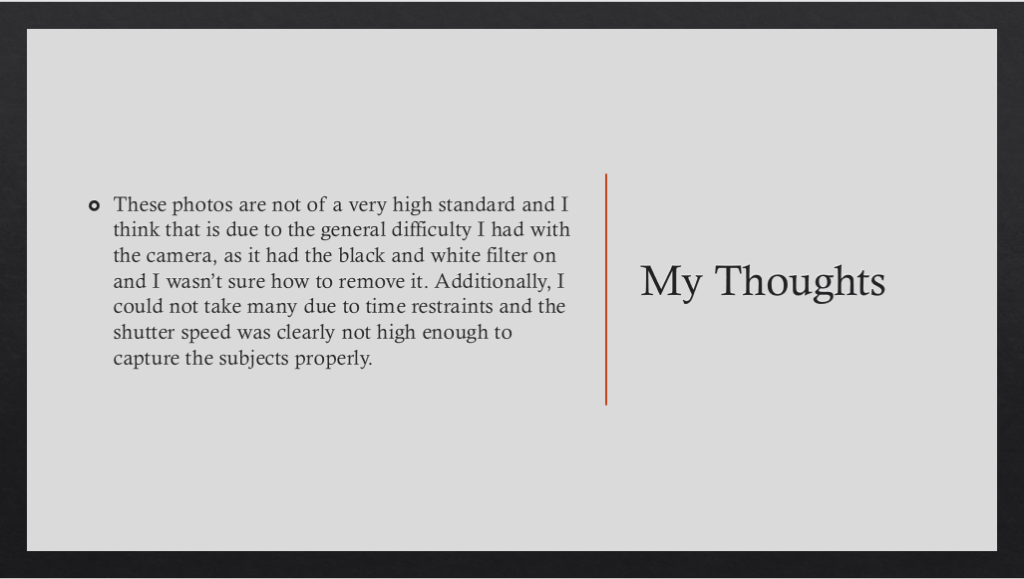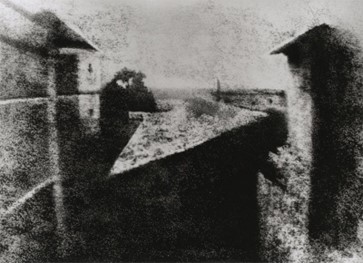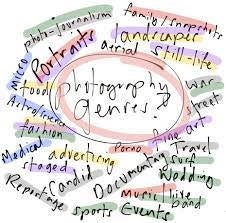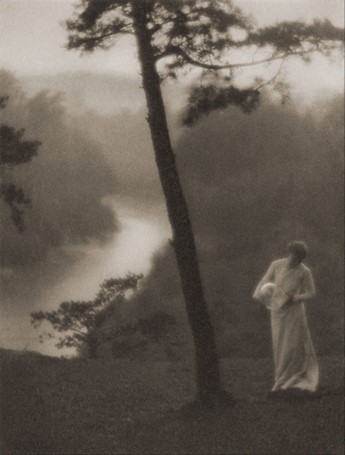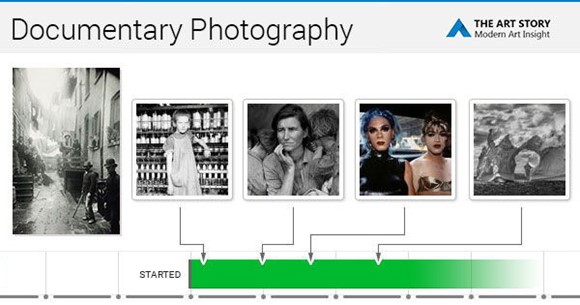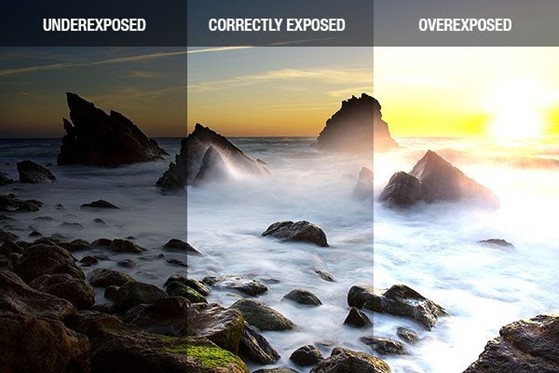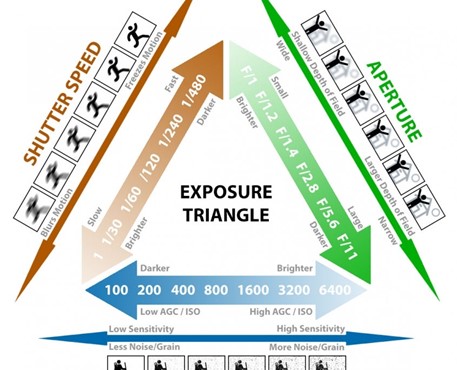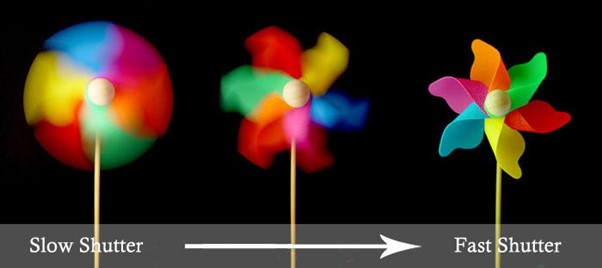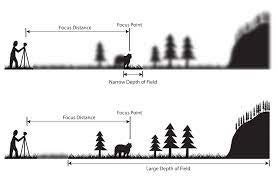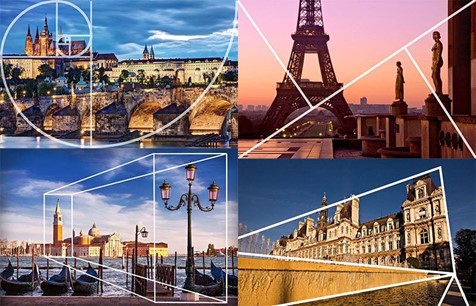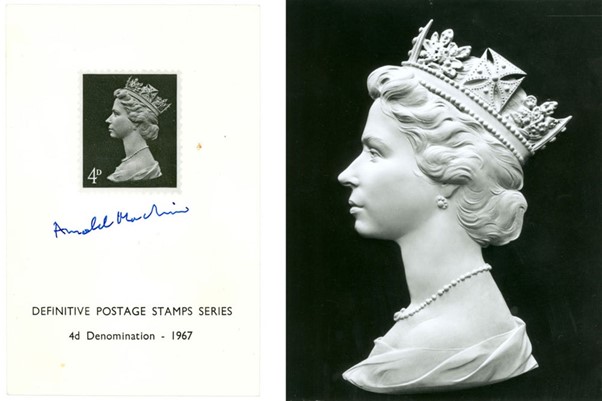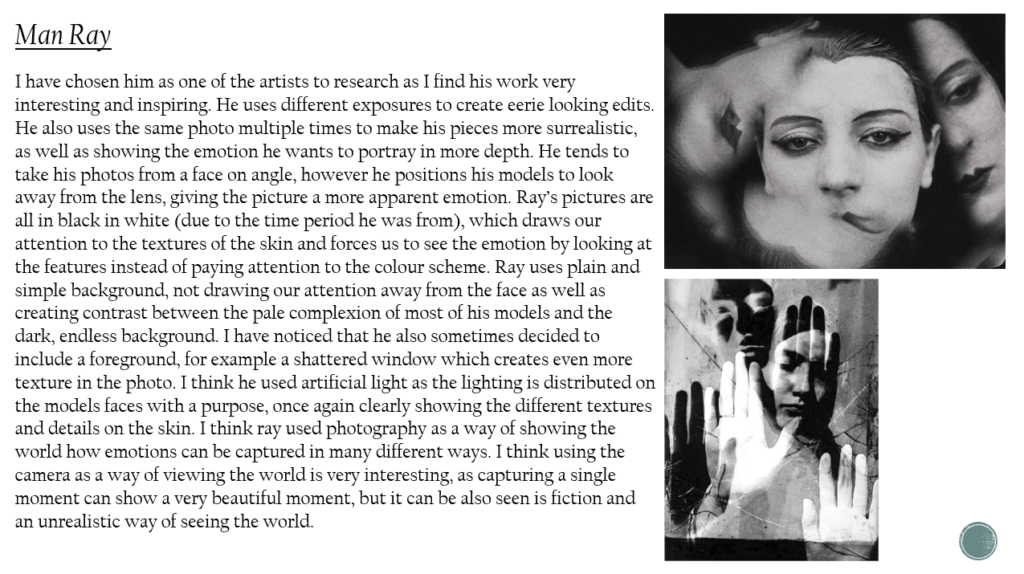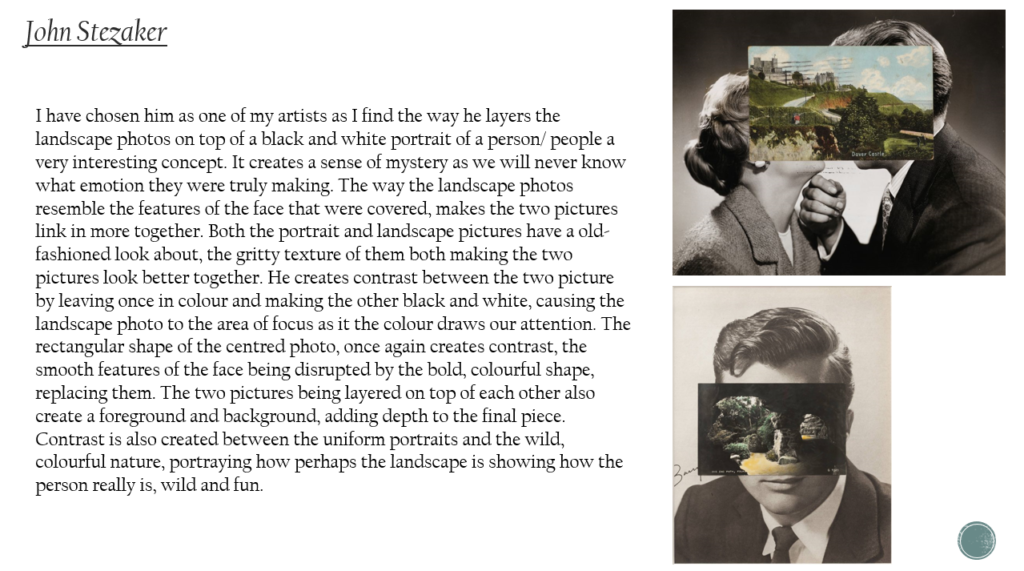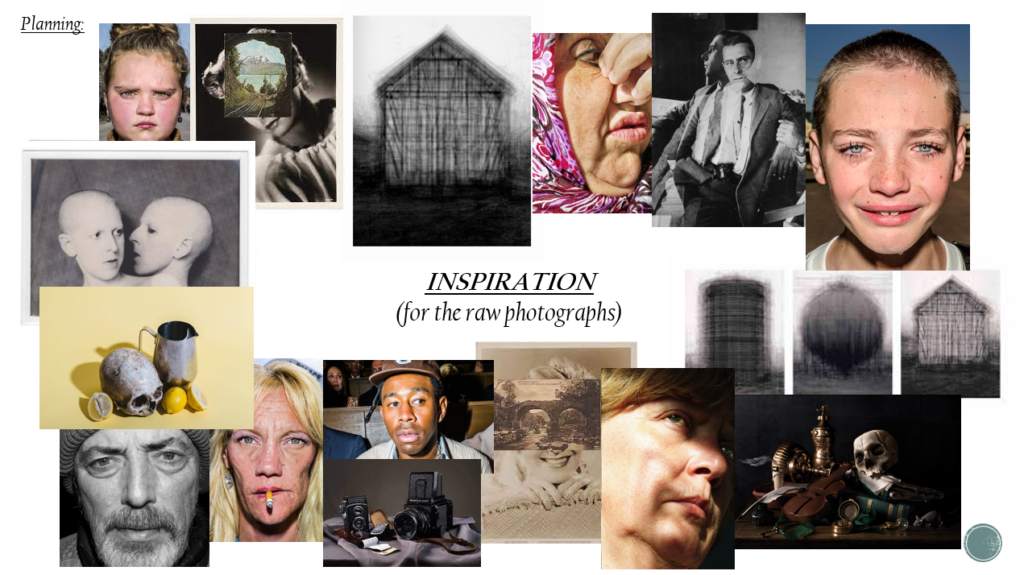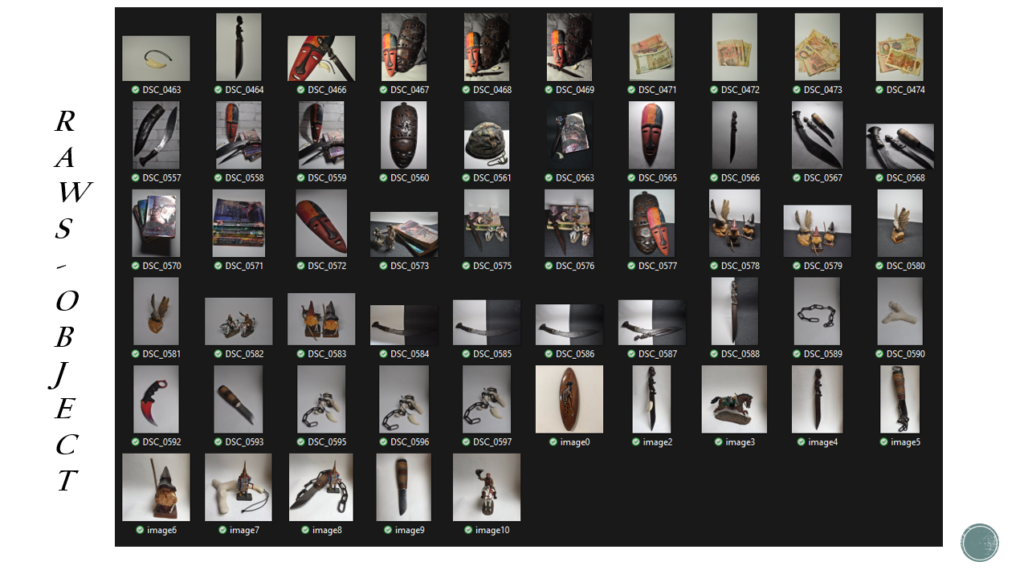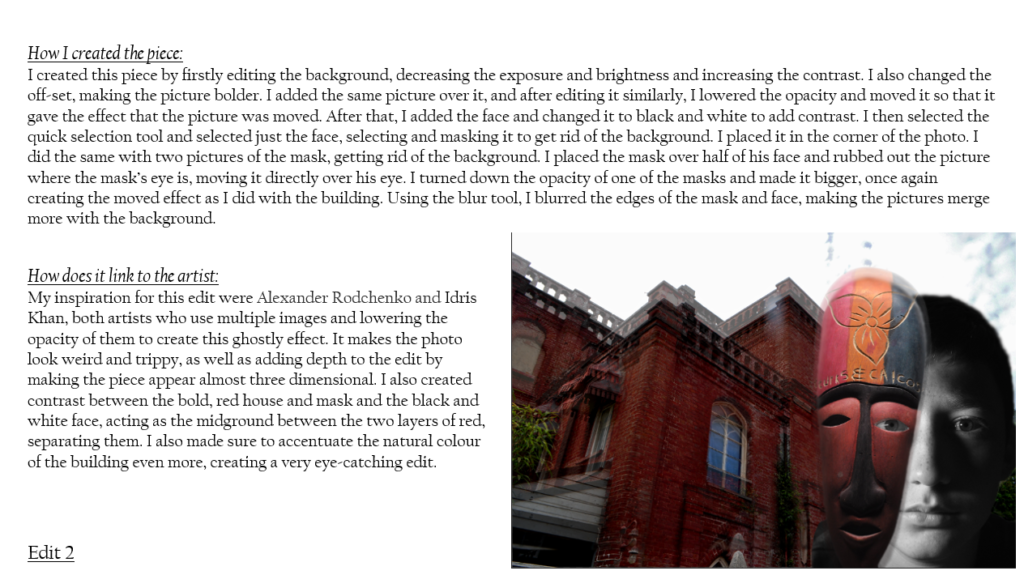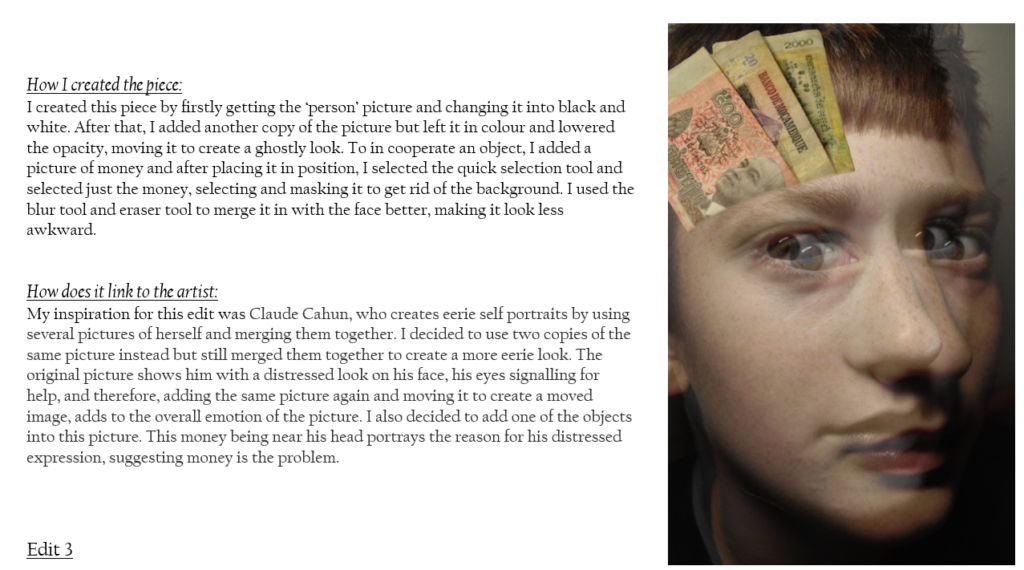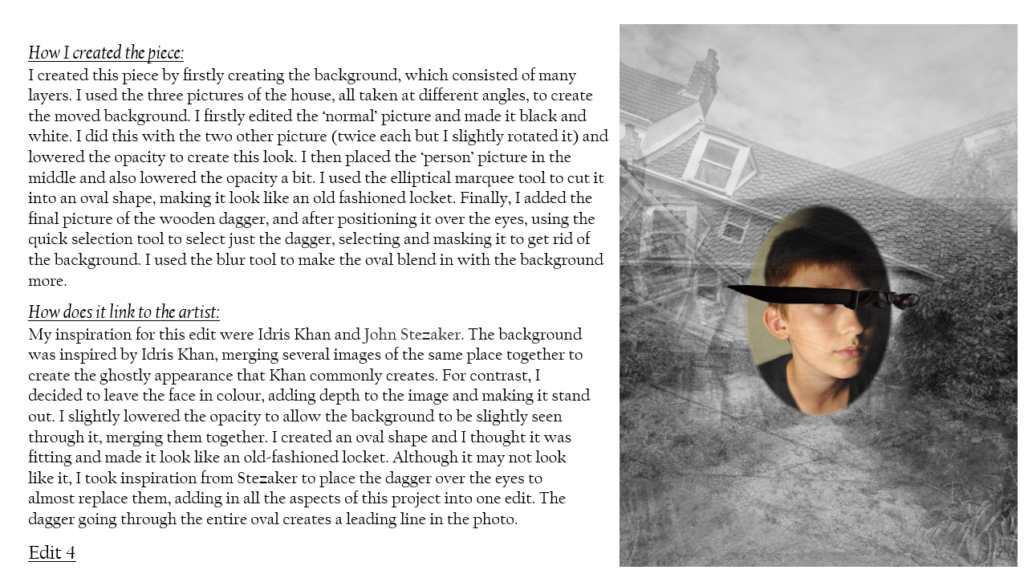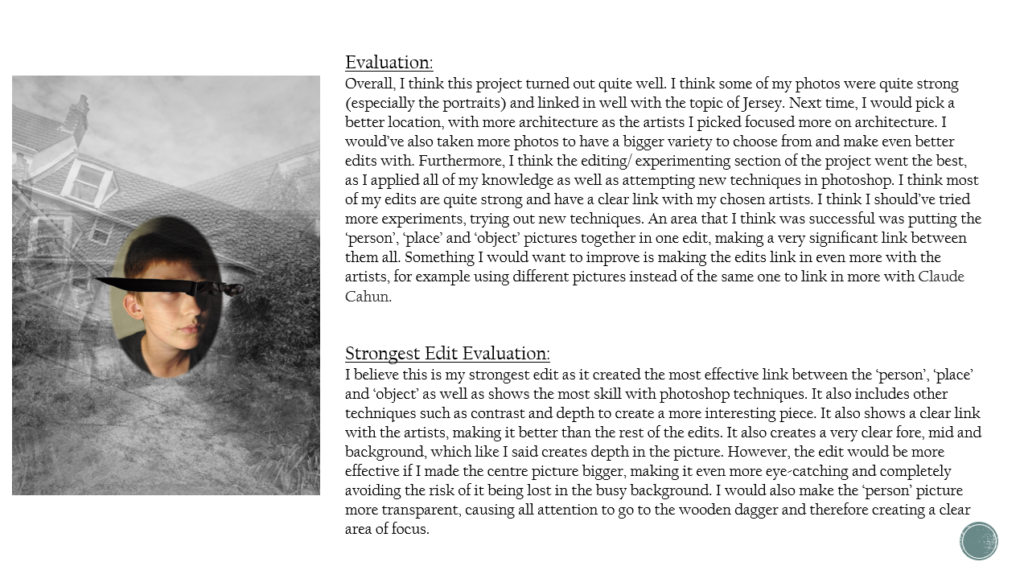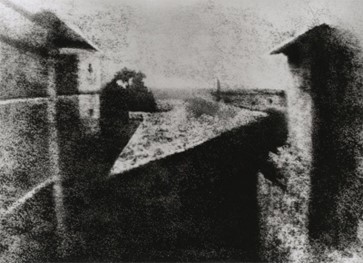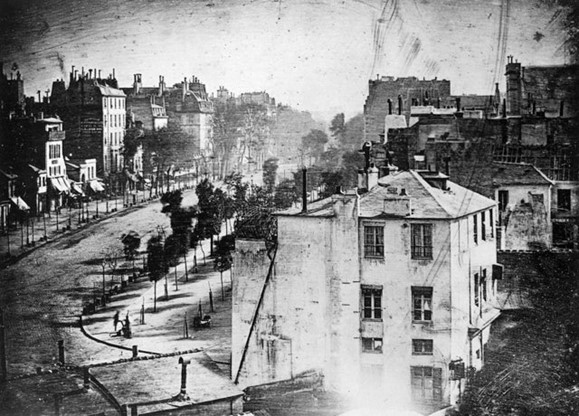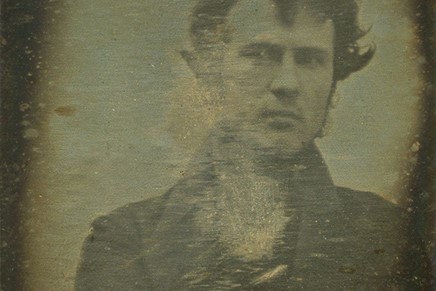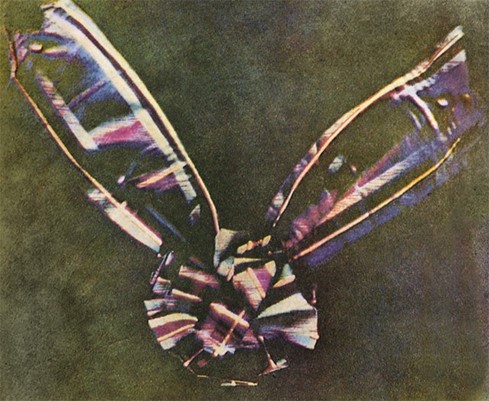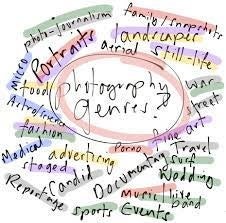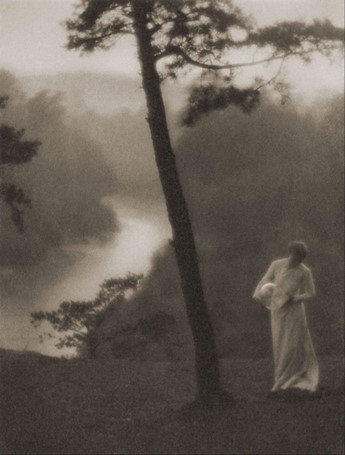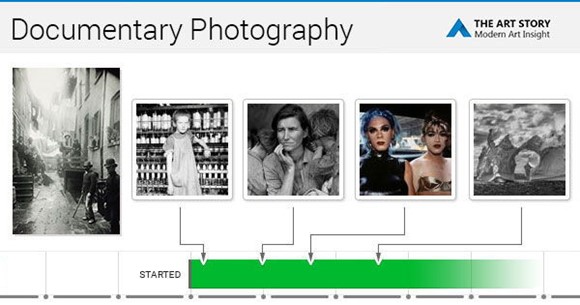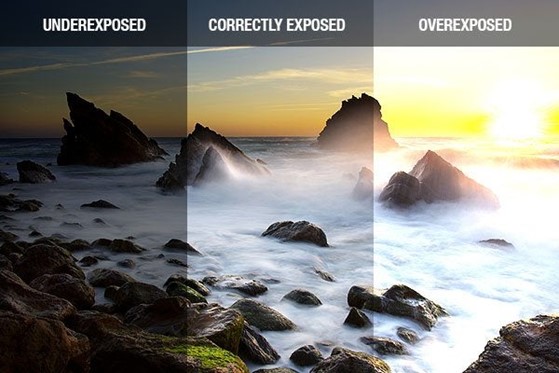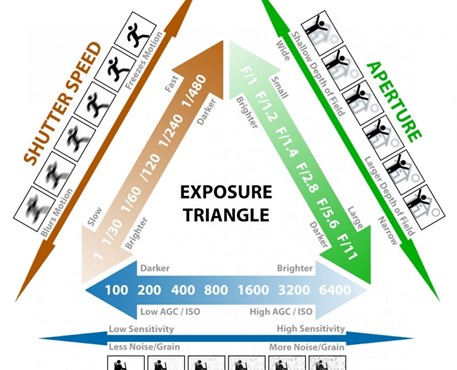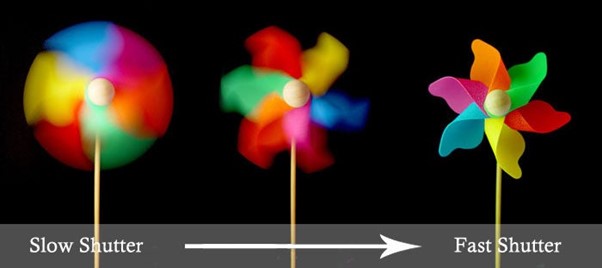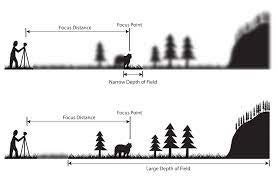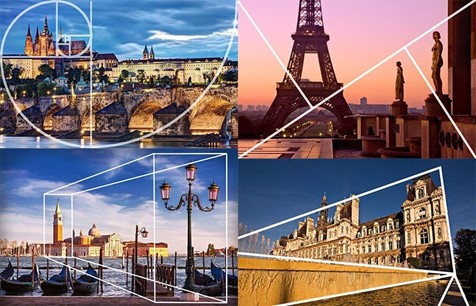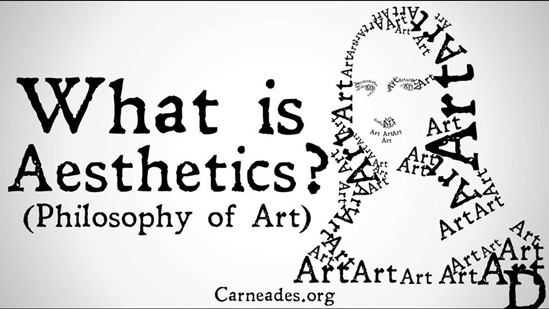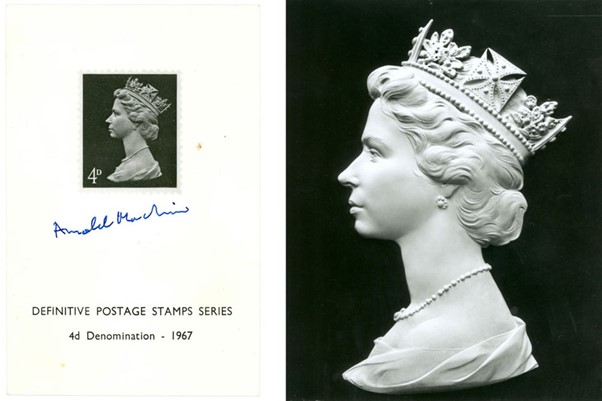


The portrait – I chose my Mum as she has grown up and lived in Jersey for the majority of her life. Jersey is a very sentimental place for her as generations of her family have lived on the island.
The background – I took this picture at Le Don Perre (National Trust). The reason I have chosen this space is because when my Mum was growing up she often went here, due to its amazing view of the sea. She feels that this point of the Island is one of the most beautiful she has been to. It is also a spectacular place to watch the sunset.
This picture – I chose this picture because growing up my Mum lived on a farm with her family and this was where her passion for horticultural aspects grew. My Mum is a keen gardener and one of her favourite plants is the bougainvillea which is shown in the picture.
John Stezaker uses a mixture of photographs and combines them together no matter how diverse they are, He creates his work digitally or by hand to try and create an emotional or surreal attachment with his work and the audience. In the picture that I have chosen we can see that he has decided to use a young looking woman as the background and then edit in an older man who is dressed in business wear and then continues to combine the pictures. He may of done this due to the huge contrast that both of the pictures have with each other and the only similarity is that both of the pictures are a portrait. The way that he has combined the faces looks like he is trying to align them in a unison manner to almost create a new, Abnormal being. He may also of done this to create a shared sense of solemness and ideas between the beings. Which captures the thought of even though every human is different we all share parts of each other even if that shared ability is just our species.
Johns work re-examines the various relationships to the photographic image: as a picture of truth and symbol of modern culture. John finds images found in books, magazines, and postcards and uses them as the bases of his work. John adopts the content and contexts of the original images to create his own sentimental and poignant meanings. John started Using publicity shots of classic film stars where he overlaps famous faces, creating hybrid ‘icons’ that dissociate the familiar to create sensations of the uncanny. He usually pairs up male and female identity into unified characters where the difference both complements the whole entirety of the piece. John started using stylistic images from Hollywood’s golden era where he both temporally and abstractly engages with his interest in surrealism. His portraits also retain their passion of glamour. Similar to the photos of ‘primitivism’ published in George Bastille’s Documents, Johns portraits celebrate the grotesque and gruesome, surrendering the romance with modernism and equally compelling and uncooperative.






